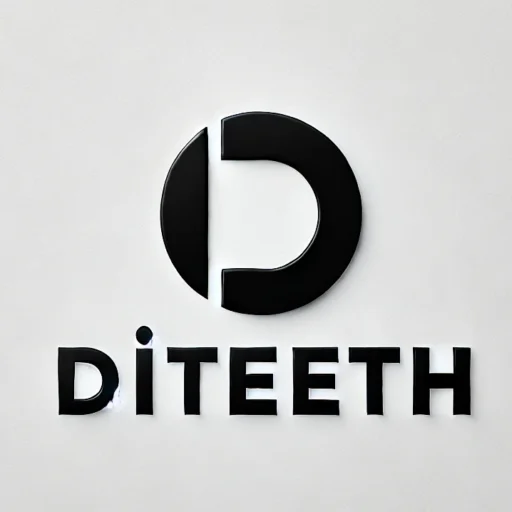
In the digital era, search engine optimization (SEO) plays a pivotal role in the success of e-learning platforms. As online education continues to expand, competition among platforms intensifies, making it imperative for educational providers to adopt effective SEO strategies. This article presents a structured approach to enhancing SEO rankings, integrating fundamental and advanced techniques that align with contemporary search engine algorithms.
1. Keyword Research and Strategic Implementation
Keyword research serves as the cornerstone of any SEO strategy. E-learning platforms must identify and target high-value keywords that align with user intent. This includes:
- Primary Keywords: Broad terms such as “online learning” or “best e-learning courses.”
- Long-Tail Keywords: More specific phrases like “best online Python course for beginners.”
- Semantic Keywords: Related terms that enhance content relevance, such as “digital education” and “remote learning.”
Utilizing tools such as Google Keyword Planner, Ahrefs, or SEMrush enables platforms to analyze search trends, keyword difficulty, and user search behavior. Keywords should be strategically integrated into meta titles, descriptions, headers, URLs, and content without excessive repetition, as search engines penalize keyword stuffing.
2. Content Development and Optimization
Content remains the most significant determinant of SEO success. E-learning platforms should prioritize high-quality, informative, and engaging content that provides real value to learners. Best practices include:
- Comprehensive Course Descriptions: Detailed and keyword-optimized descriptions of each course improve both user experience and search visibility.
- Blog Articles and Knowledge Hubs: Publishing educational blog posts on topics relevant to learners fosters authority and attracts organic traffic.
- Video Content Optimization: Videos should be transcribed, titled with SEO-friendly descriptions, and embedded within relevant course pages.
Further, the use of structured data markup (schema.org) enhances search engines’ ability to understand and index course content effectively.
3. On-Page SEO Techniques
Optimizing individual pages ensures better indexing and ranking. Essential on-page SEO elements include:
- Title Tags and Meta Descriptions: These should be compelling, concise, and include primary keywords.
- Header Tags (H1, H2, H3): Organizing content hierarchically enhances readability and SEO structure.
- Internal Linking: Connecting related pages improves navigation and distributes link equity across the platform.
- URL Structure: URLs should be short, descriptive, and devoid of unnecessary parameters (e.g.,
example.com/online-course-seo).
4. Technical SEO: Enhancing Website Performance
Technical SEO ensures search engines can efficiently crawl, index, and rank a website. Important factors include:
- Website Speed Optimization: Faster load times reduce bounce rates and improve user engagement. Strategies include image compression, caching mechanisms, and content delivery networks (CDNs).
- Mobile-Friendliness: With a significant portion of users accessing courses via mobile devices, responsive design is critical. Google’s mobile-first indexing prioritizes mobile-optimized sites.
- Secure Website (HTTPS): SSL certification signals security, which is a ranking factor for Google.
- XML Sitemaps and Robots.txt: These files guide search engine crawlers, ensuring proper indexing of all relevant pages.
5. Off-Page SEO and Link-Building Strategies
Off-page SEO focuses on building domain authority and credibility through external sources. Key methods include:
- Backlink Acquisition: Gaining backlinks from reputable educational institutions, blogs, and media outlets enhances credibility.
- Social Media Engagement: While not a direct ranking factor, social signals contribute to increased visibility and traffic.
- Guest Posting and Digital PR: Collaborating with industry experts and contributing to authoritative websites can enhance an e-learning platform’s reach.
6. Local SEO and Voice Search Optimization
For platforms offering localized or hybrid learning options, local SEO is crucial. Strategies involve:
- Google My Business Optimization: Ensuring accurate business listings and encouraging user reviews improve local search rankings.
- Voice Search Readiness: Given the rise of voice assistants, optimizing for conversational queries (e.g., “Where can I find the best online coding course?”) is essential.
7. Enhancing User Experience (UX) for SEO Benefits
Google increasingly prioritizes user experience as a ranking factor. To optimize UX:
- Improve Site Navigation: Clear menus, search functionality, and well-structured categories enhance usability.
- Optimize Call-to-Action (CTA) Buttons: Encouraging enrollment or free trials through strategically placed CTAs improves conversion rates.
- Analyze User Behavior: Tools such as Google Analytics and heatmaps help identify user interactions and areas for improvement.
8. Leveraging Video and Multimedia for SEO
E-learning platforms benefit greatly from video content, given its high engagement rates. To maximize SEO potential:
- Host Videos on YouTube and Embed Them: YouTube is the second-largest search engine, and embedding optimized videos can drive traffic.
- Use Alt Text for Images and Multimedia: Alt text improves accessibility and enhances image search rankings.
- Include Transcripts and Subtitles: This increases accessibility and improves keyword relevance.
Conclusion
Improving SEO ranking for an e-learning platform necessitates a multifaceted approach encompassing keyword research, content optimization, technical enhancements, and strategic link-building. By prioritizing user experience, leveraging multimedia, and maintaining an adaptive strategy aligned with evolving search algorithms, e-learning providers can achieve long-term visibility and growth.
Would you like further refinement or a focus on a specific aspect of SEO strategy?
